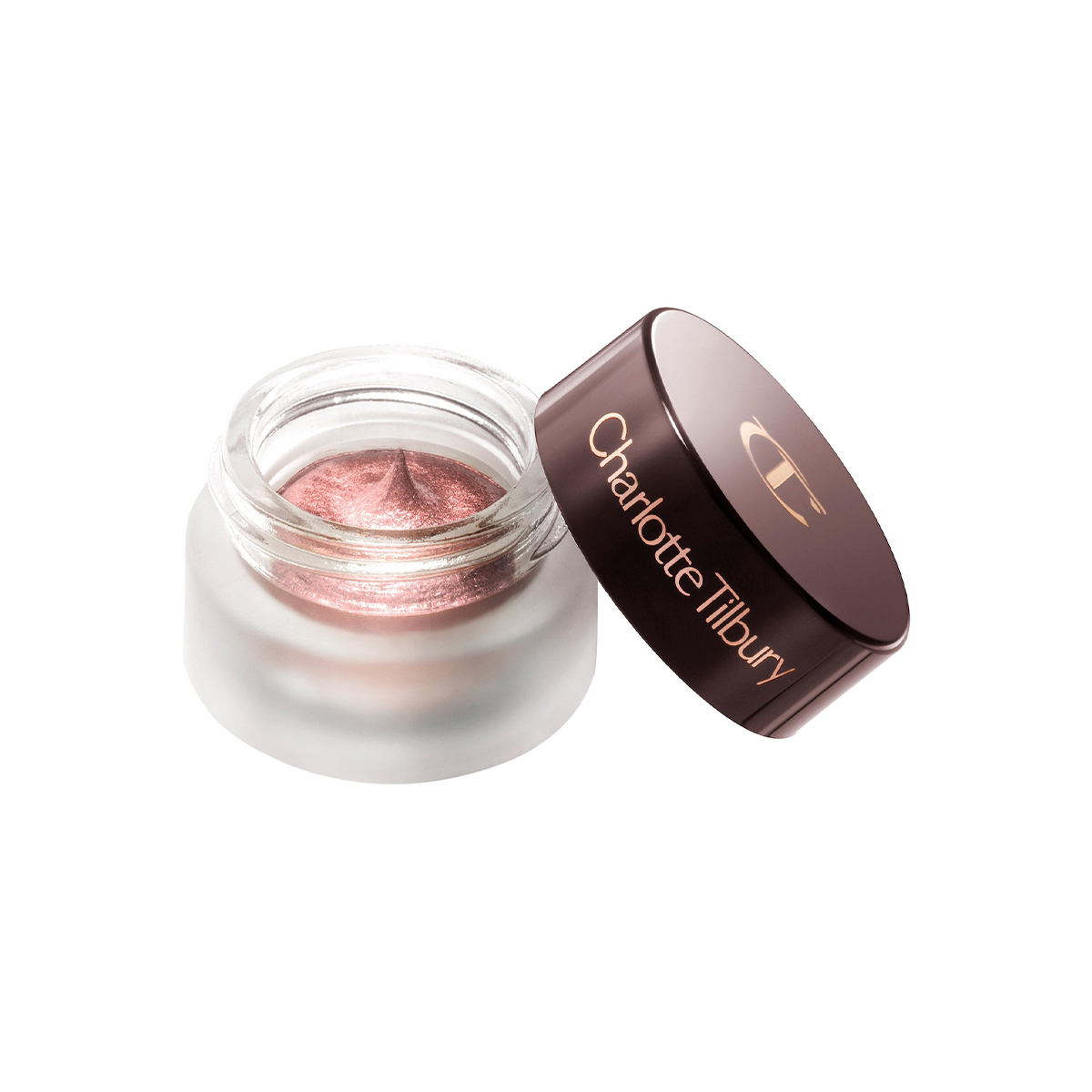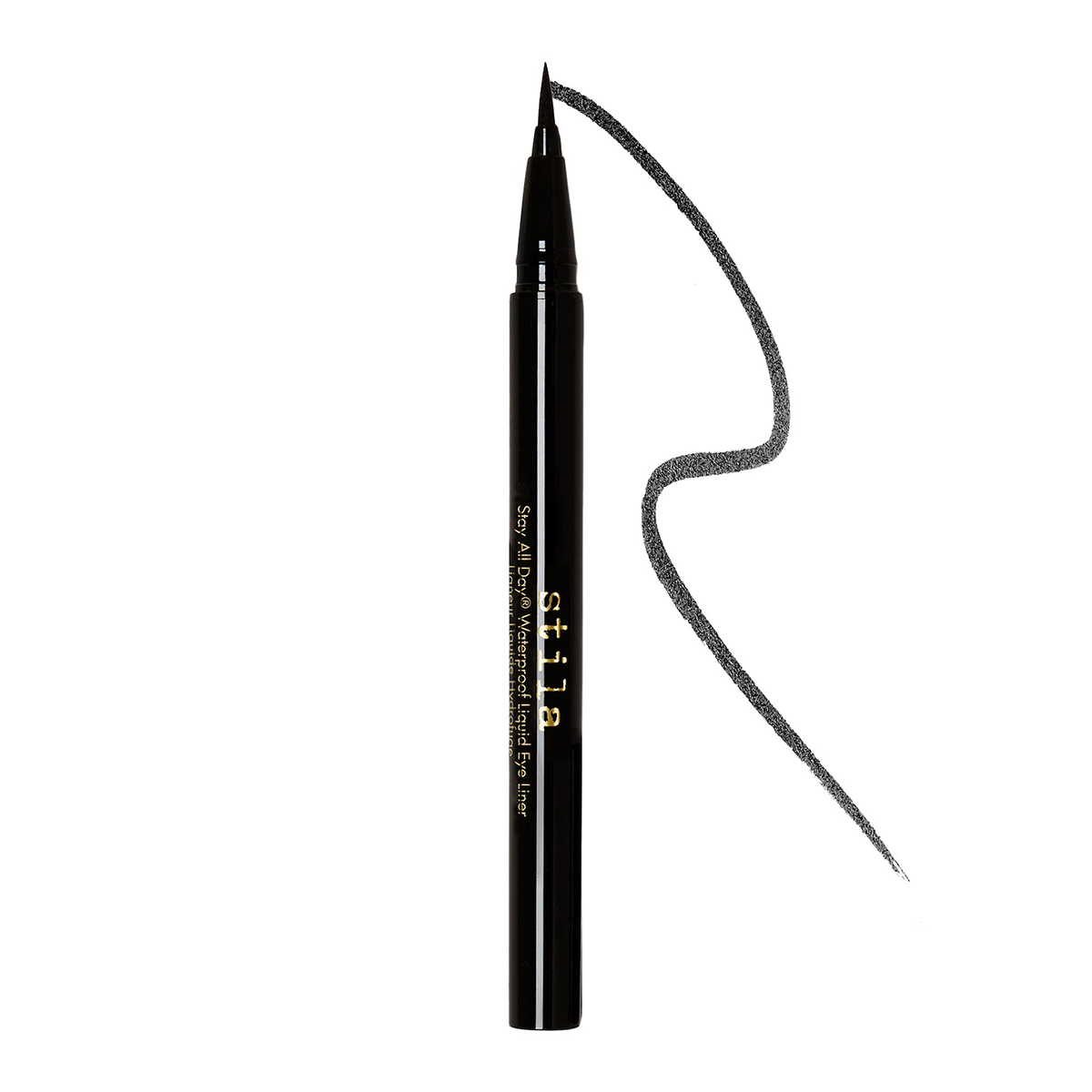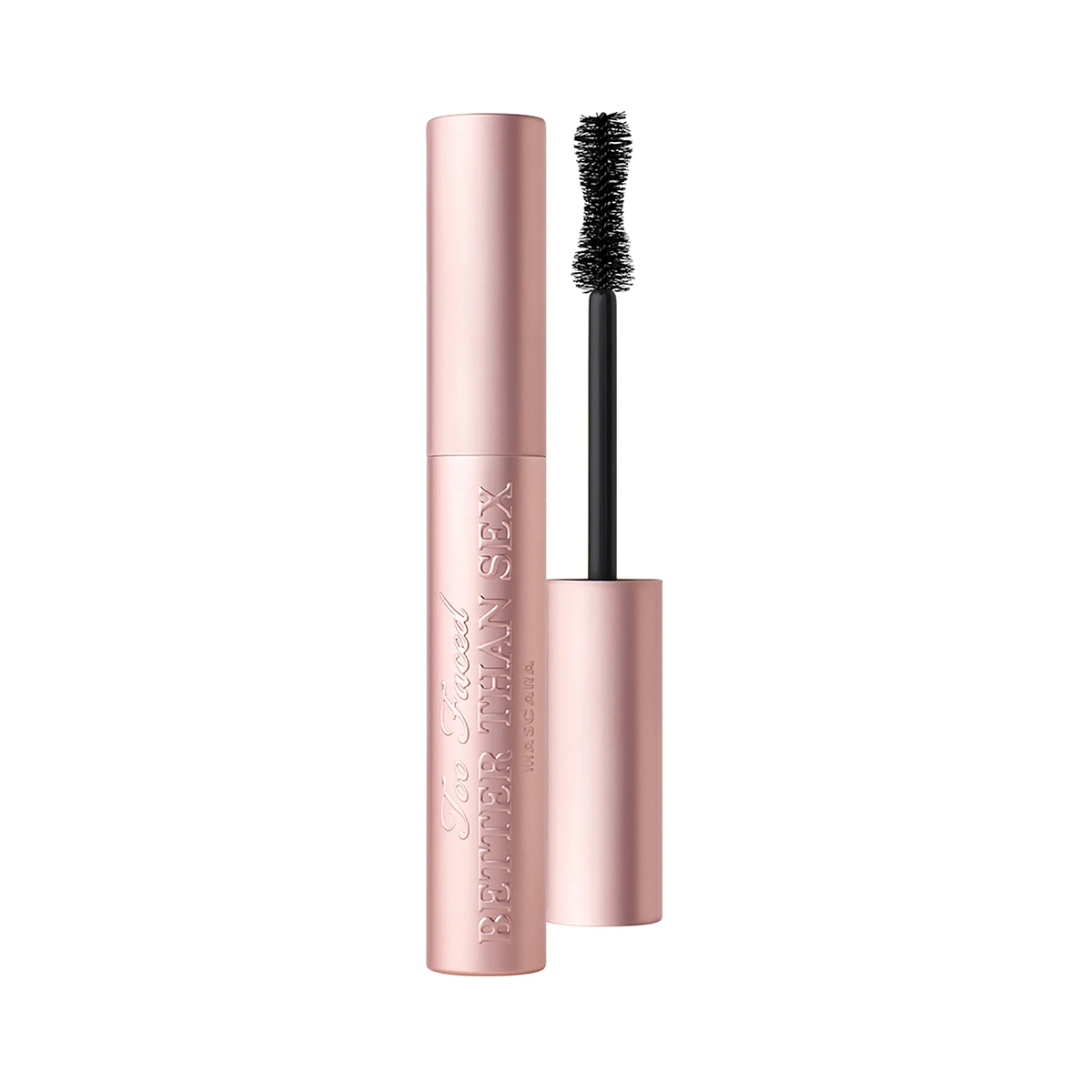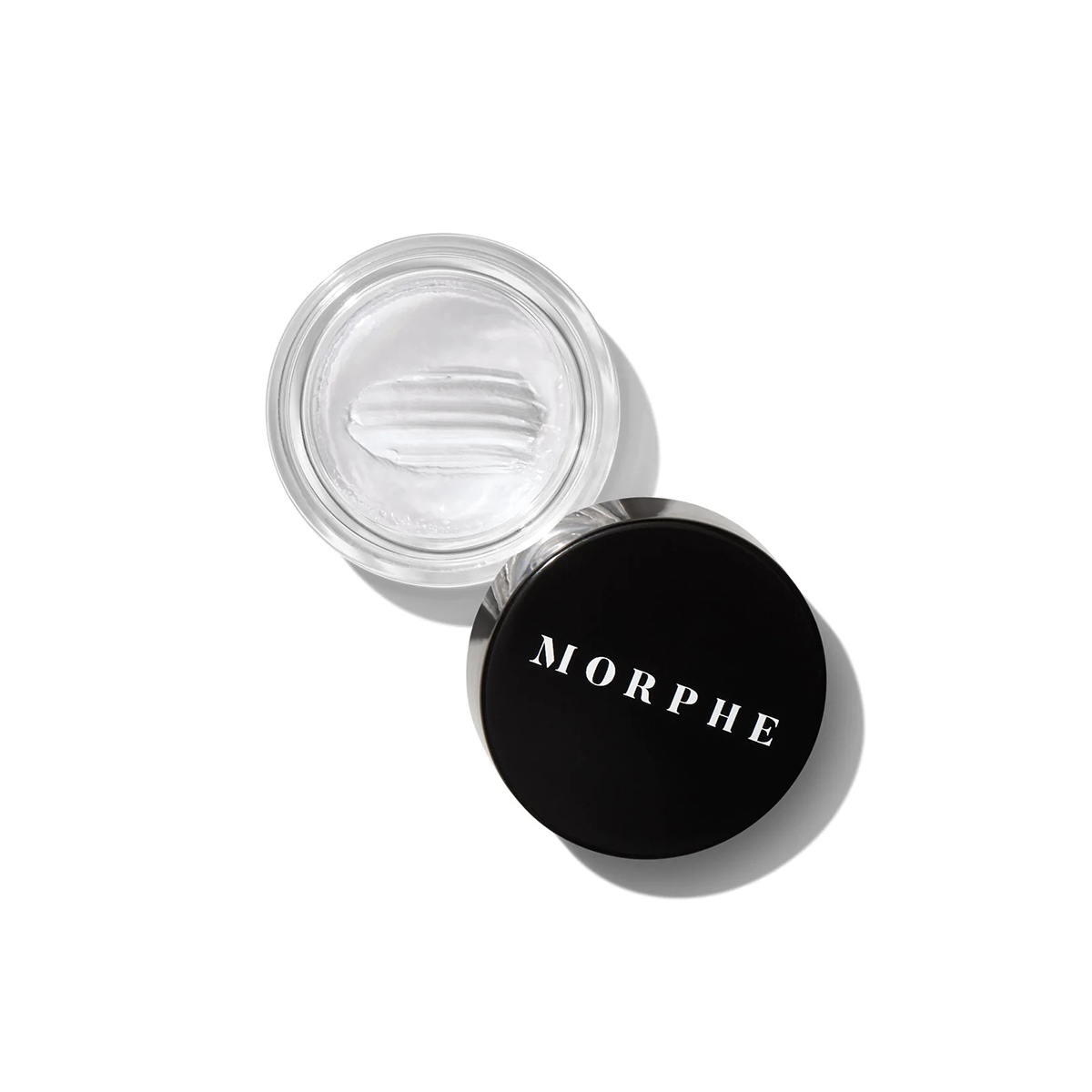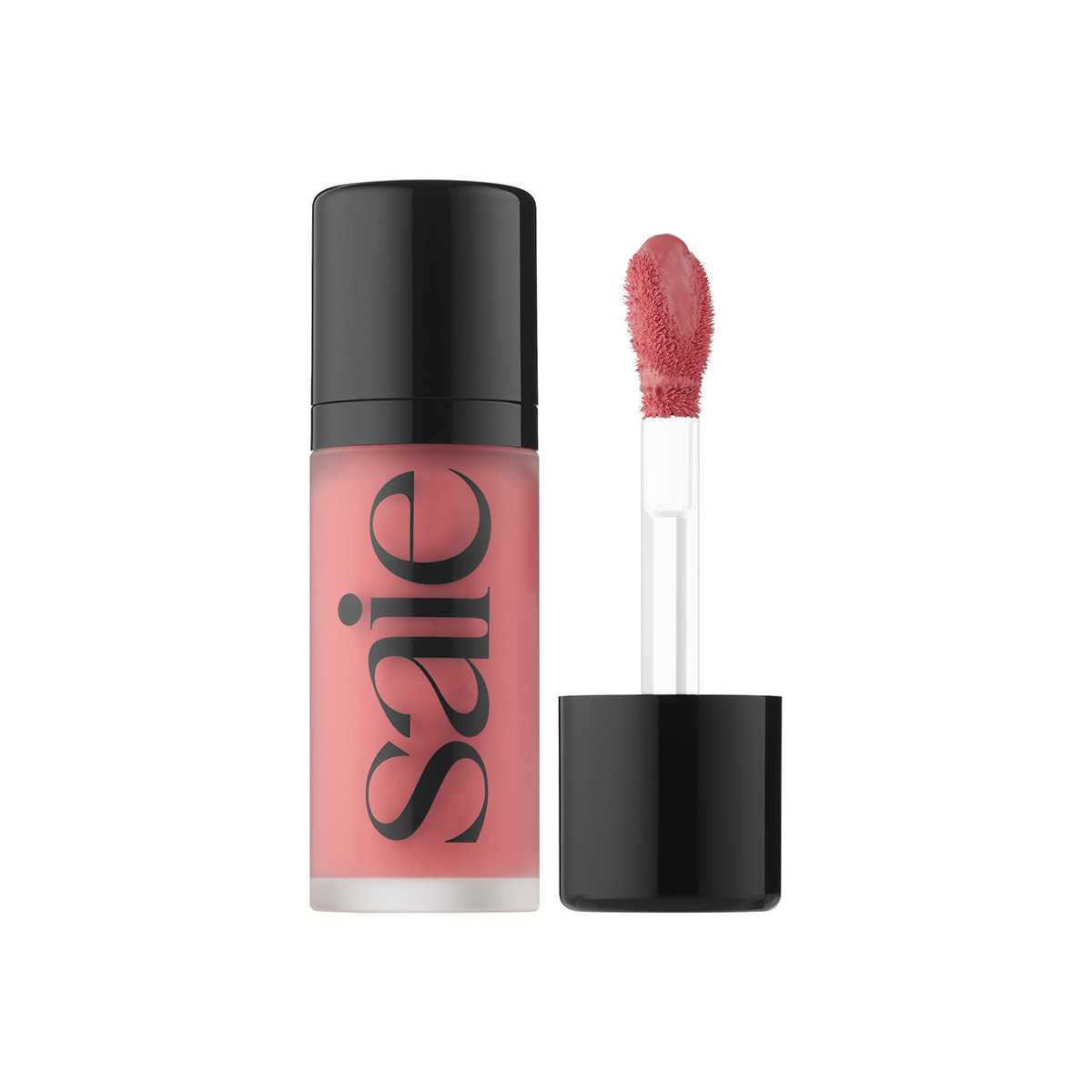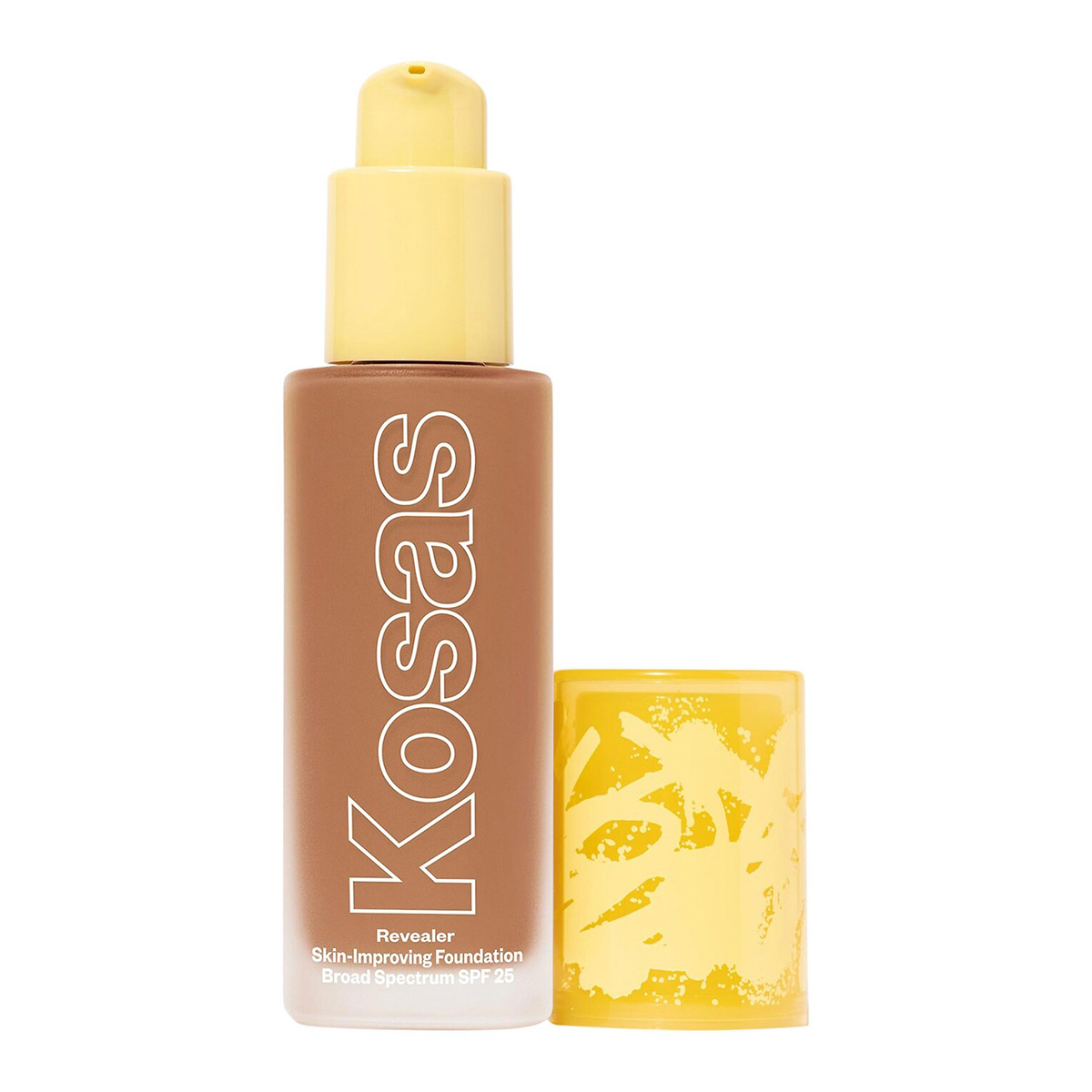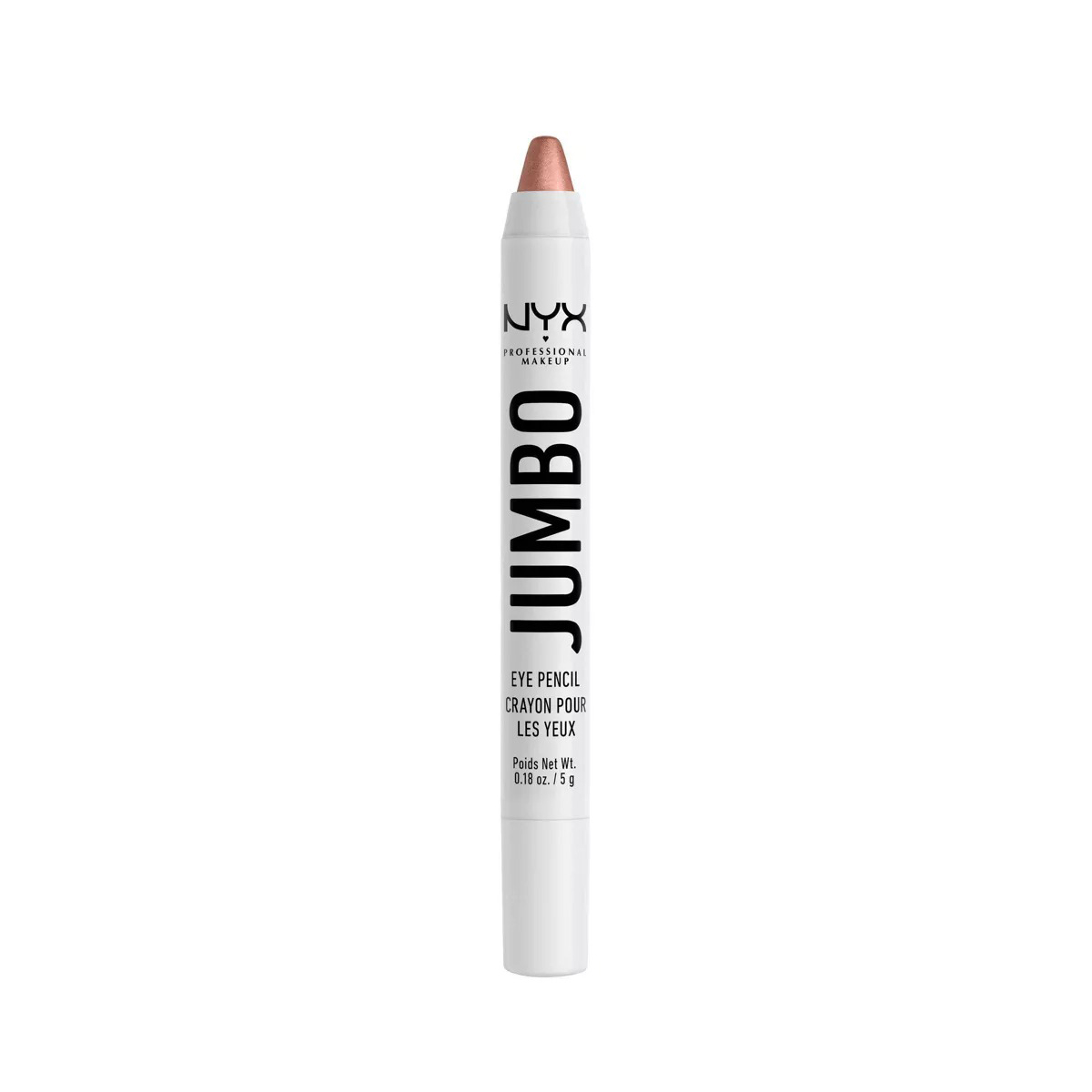Gen Z Says the Generational Divide Exists, But These 18 Brands Are the Bridge

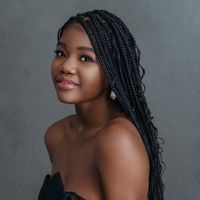
Gen Z Says is a bimonthly column chronicling the latest trends in the fashion-and-beauty space through the lens of Who What Wear’s own Gen Z editors. Expect a download on the upcoming class of tastemakers, emerging designers, and shopping and style choices straight from the generation setting the trends.
They say the more things change, the more they stay the same. As a society, we’ve borne the brunt of countless post-pandemic changes that have effectively shifted our perception of what matters most in life. After witnessing just how quickly our present can be transformed at the drop of a hat, dictating a future that falls victim to circumstance can be a challenge. Through it all, social media has been an avenue for familiarity, a generationally unique way to find shared experiences and, often, spark aesthetic-led movements. No matter the generation you identify with, it goes without saying that there’s a relentless pride that comes with it.
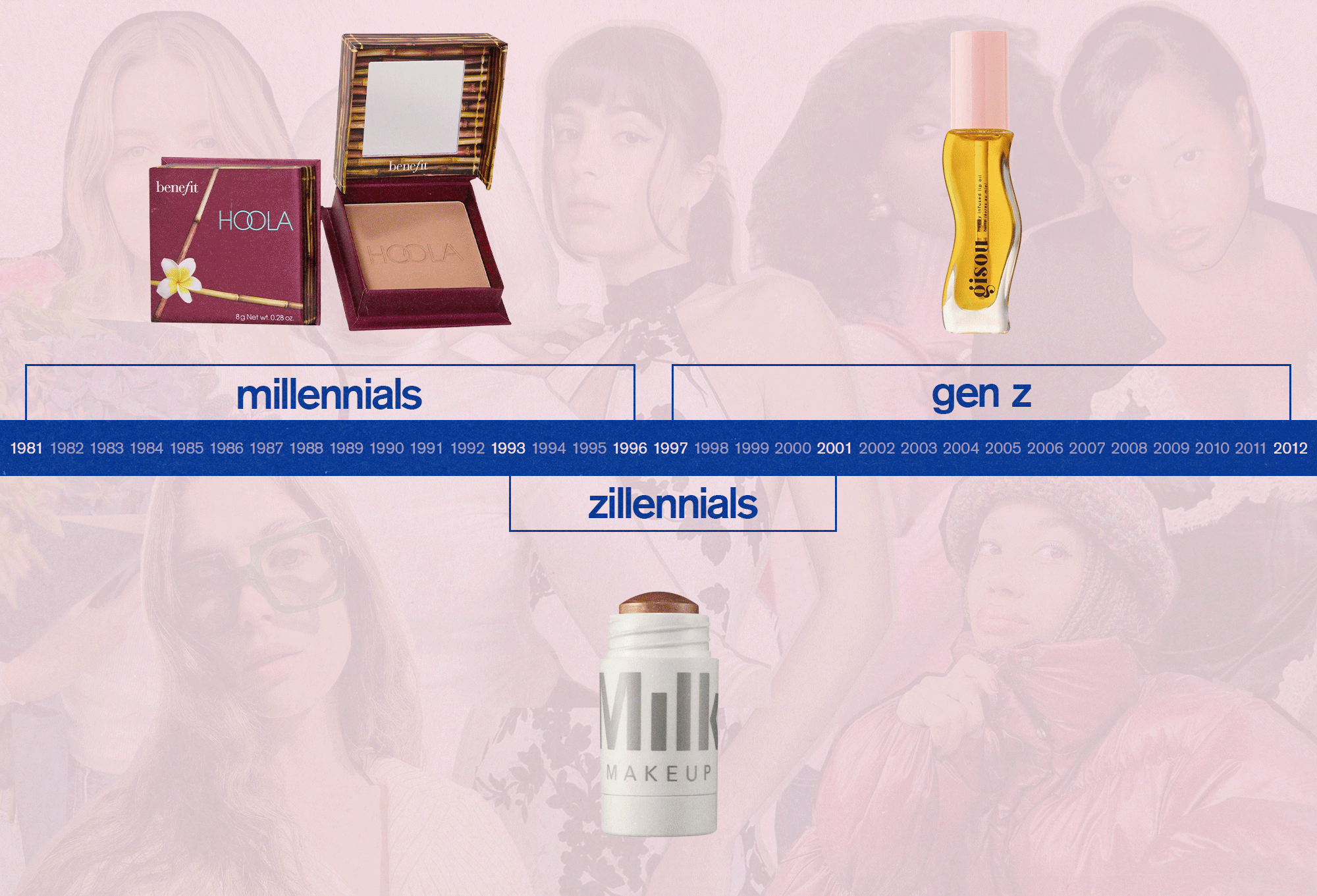
Over the past couple of years, something’s caught my eye: content created with the sole purpose of identifying the jarring differences between the beauty and fashion practices across generations. To me, a 1998 baby who grew up during the polarizing era of "Who Wore It Better” magazine spreads, the idea of comparison as a conversation starter isn’t anything new, but now it seems that the innate ability to detect trends before they phase out is strongly dependent on generational identity. We often see split-screen videos of millennial-versus–Gen Z content featuring common representations of how the two generations would go about creating a makeup look, tucking in their shirt, parting their hair, or something as simple as choosing a nail shape.
Recently, for instance, almond-shaped nails have fallen into the category of "cheugy” and somehow earned an association with millennials. So why the sudden interest in what differentiates one generation from another in the beauty space? The answer may be found by taking a closer look at the brands that market to them. Below, we’re diving into the increasingly complex relationship between the beauty brands that have transcended time and the multiple generations of beauty enthusiasts they inspire.
Gen Z

Let’s start easy with Gen Z—the only generation that has grown up with nearly constant access to technology, ranging anywhere between the ages of 15 and 26. Social media is mentioned over and over again in this series because there will always intrinsically be a relationship between Gen Z and the internet. It has played a huge part in the beauty culture this generation has been exposed to and that the generation has, in turn, inspired. What’s more, the minimalist and maximalist product designs we’ve become accustomed to seeing populate the shelves of our beauty retailer stores draw directly from the aesthetics that have sparked the interest of their Gen Z consumers.
The inescapable millennial pink of my teenage years has transformed into a bright array of electric primary colors and pastels. Without diving too deeply into the growing influence of core aesthetics on the beauty industry and the products pumped out at warp speed, it’s only natural that we Gen Zers can easily adapt to change. The items that we’re drawn to are no different, with products competing every week through strategic social media placement for our attention.
Shop Gen Z–Approved Brands
Millennials

There is more than enough discourse surrounding the plight of millennials on TikTok at the hands of Gen Zers. The social media platform has given voice to anyone who dares to have an opinion and share it online, often resulting in strong (and sometimes biased) opinions that declare some of the aesthetics of the past as unremarkable while identifying those that have received the Gen Z stamp of approval. My point of view is a unique one, as I spent much of my childhood relating to much of "millennial” beauty culture, ignoring the fact that my birth year categorizes me in an entirely different one.
Millennials experienced the rise in popularity of some of the biggest brands of the 2000s and 2010s, including the likes of E.l.f., Covergirl, Maybelline, Tarte, Morphe, and Pixi Beauty. Each of these brands underwent major transformations in the post-recession reality of the early 2010s and arguably again post-pandemic, reflecting the shopping habits of consumers that now fall roughly between the ages of 27 and 42. I like to think the majority of these brands successfully repackaged and reformulated some of their top-selling products for Gen Z, catering to our innate fascination with the Y2K aesthetics millennials grew up with and, later, modernized but didn’t completely part with.
Shop Millennial-Approved Brands
Zillennials
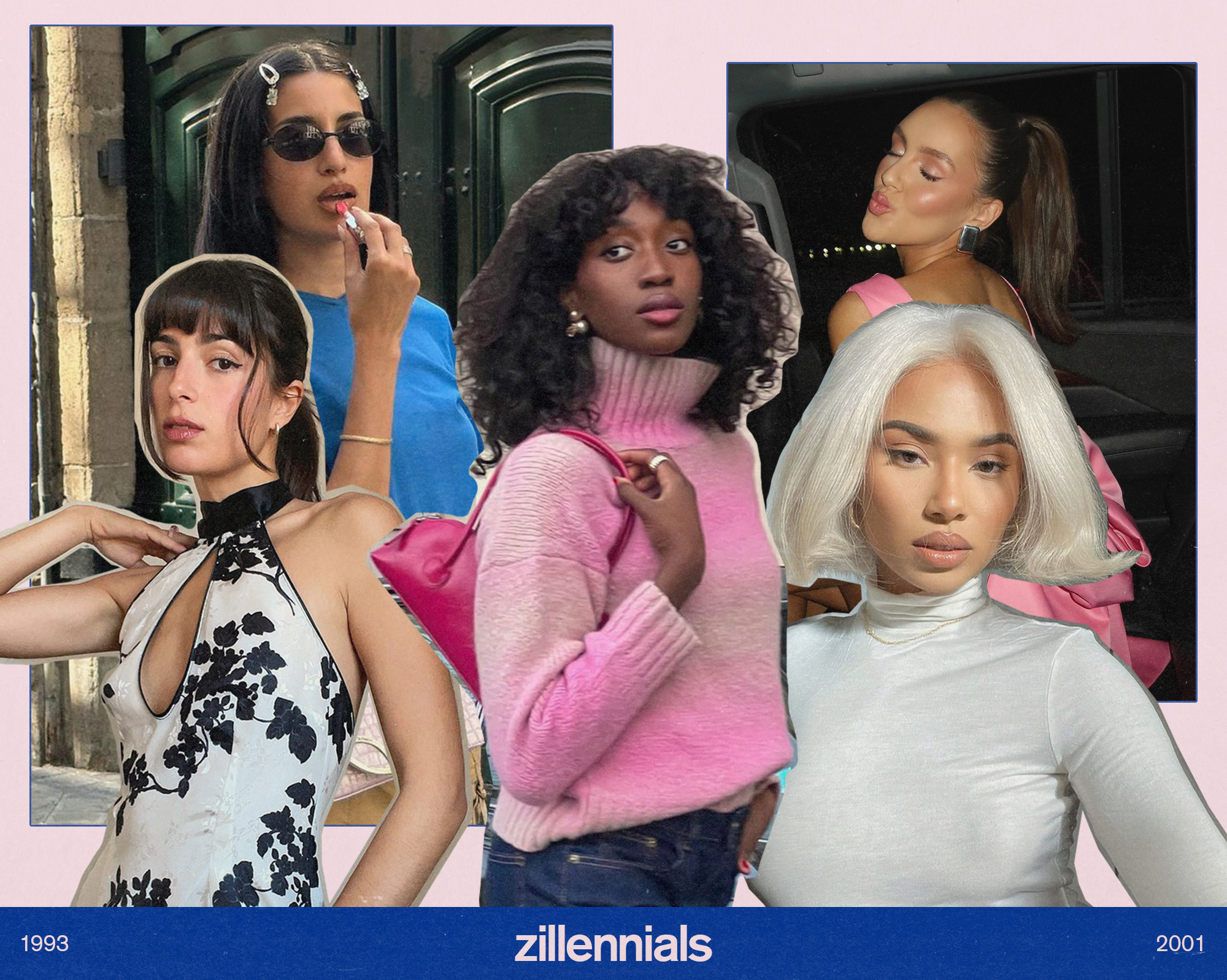
So who are the Zillennials, and why are they showing up on your TikTok account’s For You page suddenly? As the dialogue continues on social media platforms over what beauty practices, products, and aesthetics can be claimed by one generation or another, the #zillennial has been sneaking up on us in the captions. In fact, I’m convinced it’s no coincidence that there are individuals who find themselves torn between their allegiance to the brands that cater to millennial and Gen Z consumers. It all comes down to what we can relate to. When it comes to beauty, I’m admittedly one of the many who claim the Zillennial label whenever I feel disconnected from popular Gen Z or millennial rhetoric.
Assuming Zillennials have claimed the "unofficial” generational label as a way to conceptualize their unique upbringing, there may be beauty brands that indirectly market to them through combined aesthetics (think millennial pink and Gen Z lavender underscored by minimalist designs), cross-generational brand ambassadors, and a renewed interest in late-2000s nostalgia that counters the popularized perception of the era through marketing aimed at Gen Zers. Because there’s no formal recognition of Zillennials anywhere but major social media platforms, it may be a little easier for them to pick and choose from beauty aesthetics of the past and future or combine them for a unique look that sets them apart.
Shop Zillennial-Approved Brands
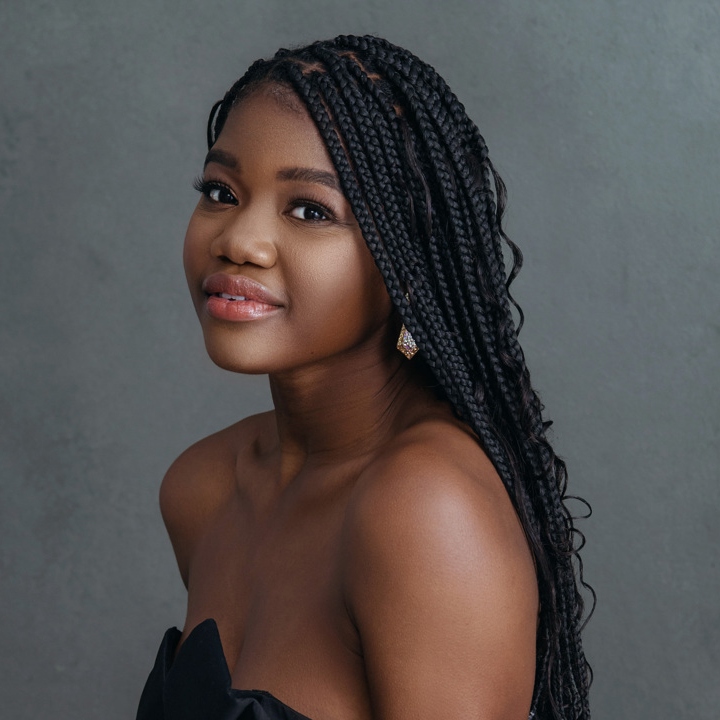
Maya Thomas is an Associate Beauty Editor at Who What Wear. Her strong love for all things beauty and fashion stems from a strong childhood interest in the fine arts. During a gap year spent in Paris studying the history of French fashion, she shifted her focus to English literature and journalism as a student at Loyola Marymount University. After graduating in May 2021, Maya began freelancing for Parade.com as a contributing commerce writer. When she's not writing, Maya spends her free time catching up on reading, perusing art galleries, and enjoying a night out at the ballet every now and then.
-
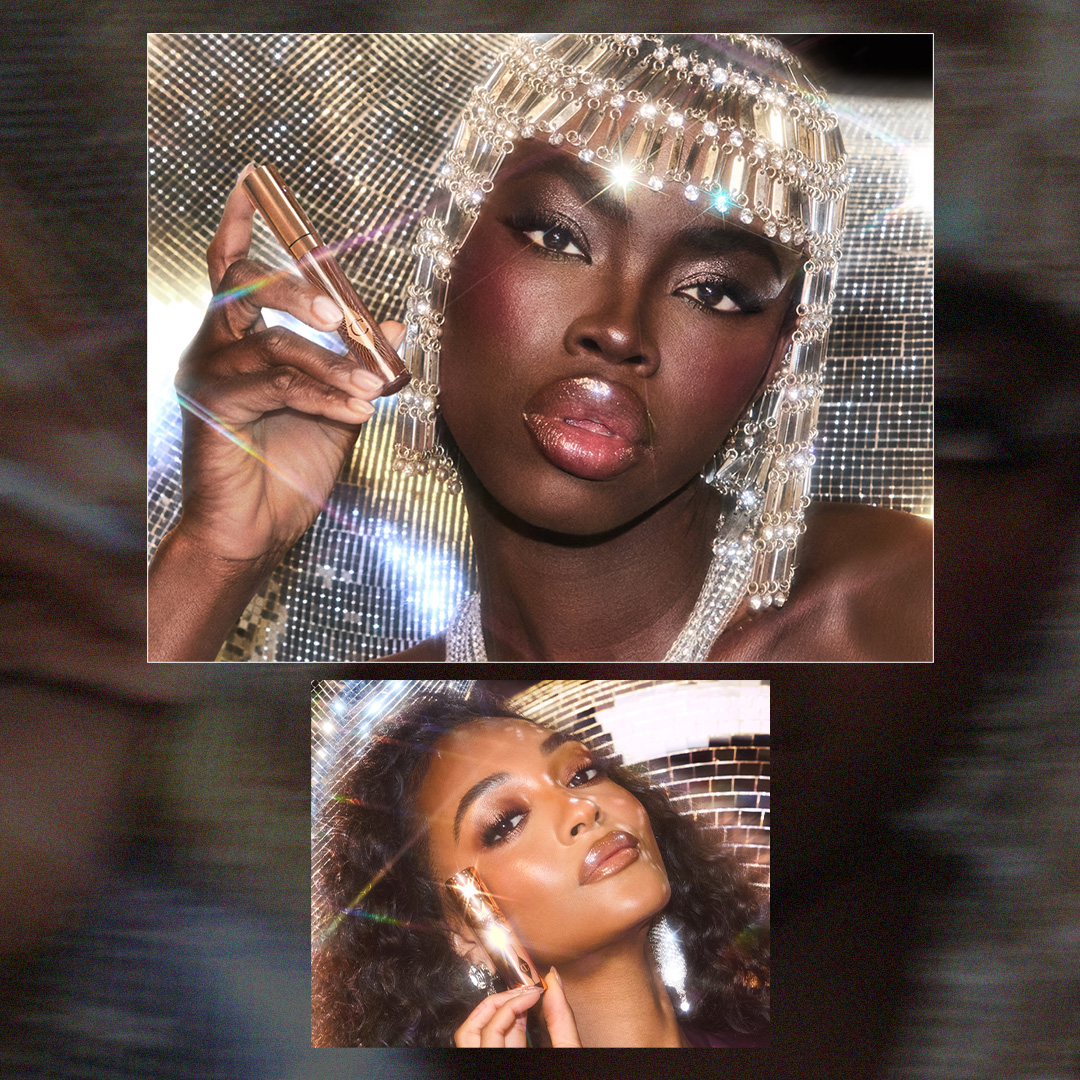 Charlotte Tilbury Just Told Me the Secret to Her Most Flawless Holiday Party Makeup
Charlotte Tilbury Just Told Me the Secret to Her Most Flawless Holiday Party MakeupThere's no one I trust more for advice.
-
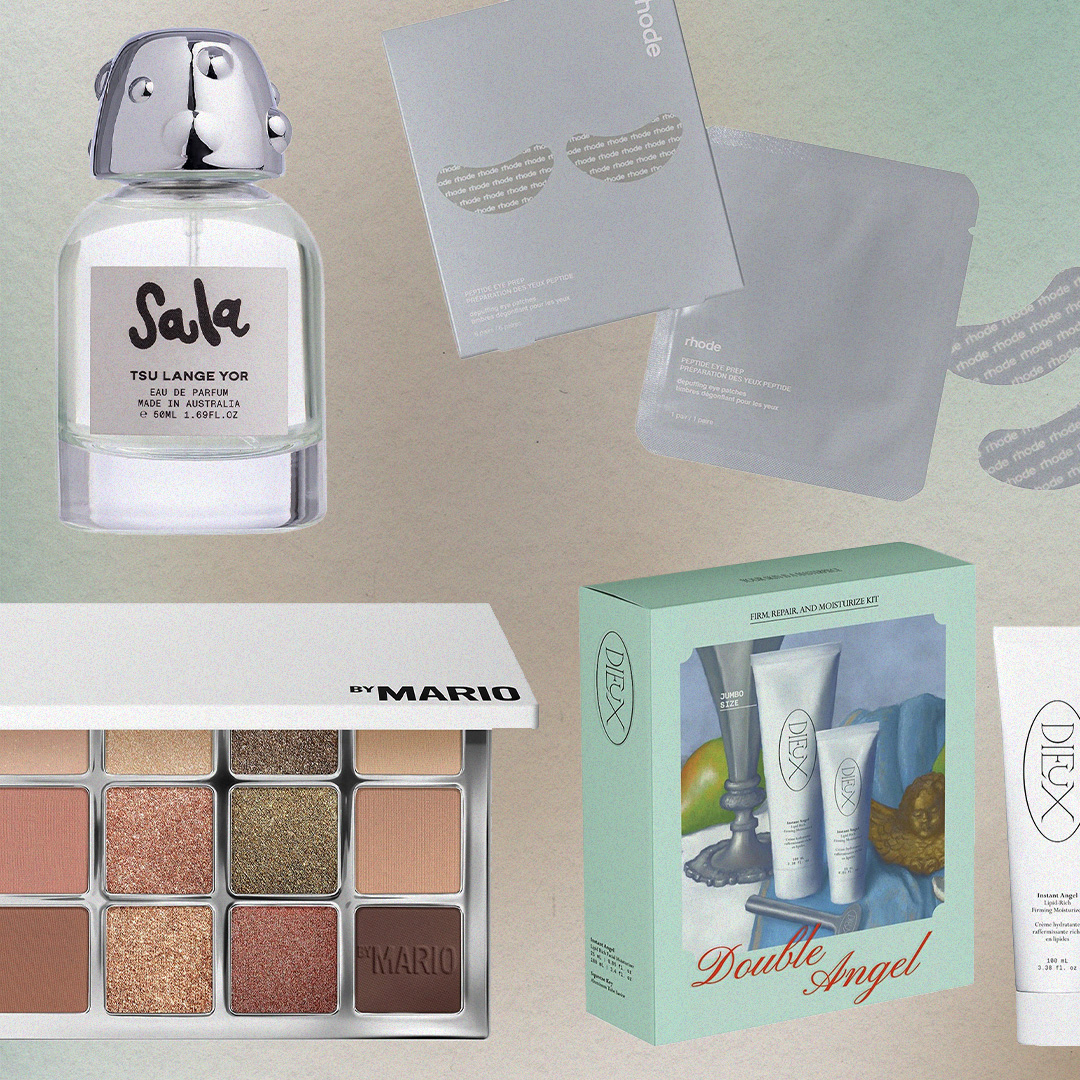 These 19 Beauty Must-Haves Are Officially Making My Zillennial Heart Skip a Beat
These 19 Beauty Must-Haves Are Officially Making My Zillennial Heart Skip a BeatFor the '90s babies and 2000's kids.
-
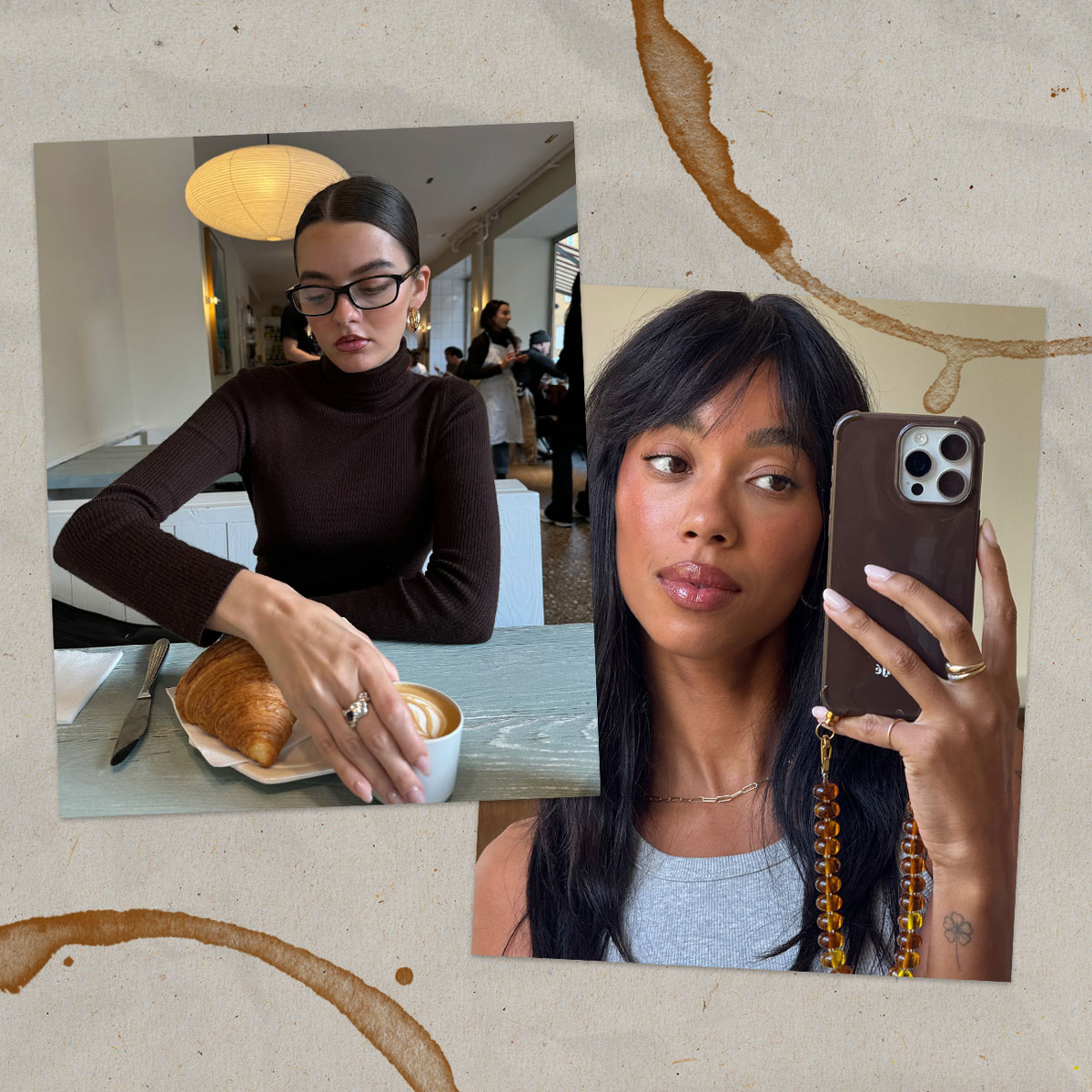 TikTok Says 2025 Is the Year of Beverage-Inspired Beauty—Here's Your Coffee-Spiked Buying Manual
TikTok Says 2025 Is the Year of Beverage-Inspired Beauty—Here's Your Coffee-Spiked Buying ManualI simply can't get enough.
-
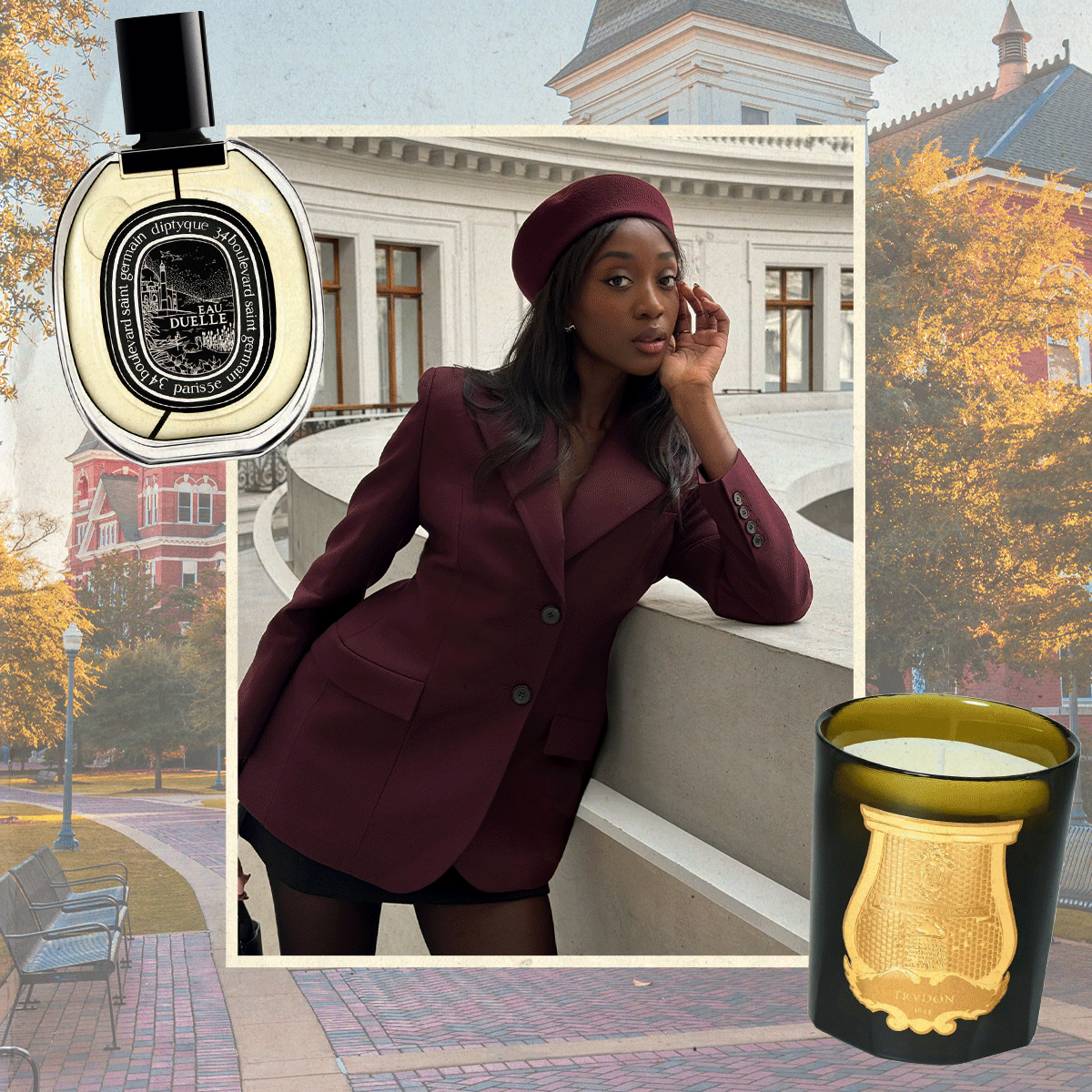 I'm Calling It: Collegiate-Girl Fall Is Happening, and These Products Epitomize the Trend
I'm Calling It: Collegiate-Girl Fall Is Happening, and These Products Epitomize the TrendIt's time to hit the books.
-
 I'm Having an English Countryside Fall—20 Beauty Finds That Whisper "Escape to the Cotswolds"
I'm Having an English Countryside Fall—20 Beauty Finds That Whisper "Escape to the Cotswolds"New season, new favorites.
-
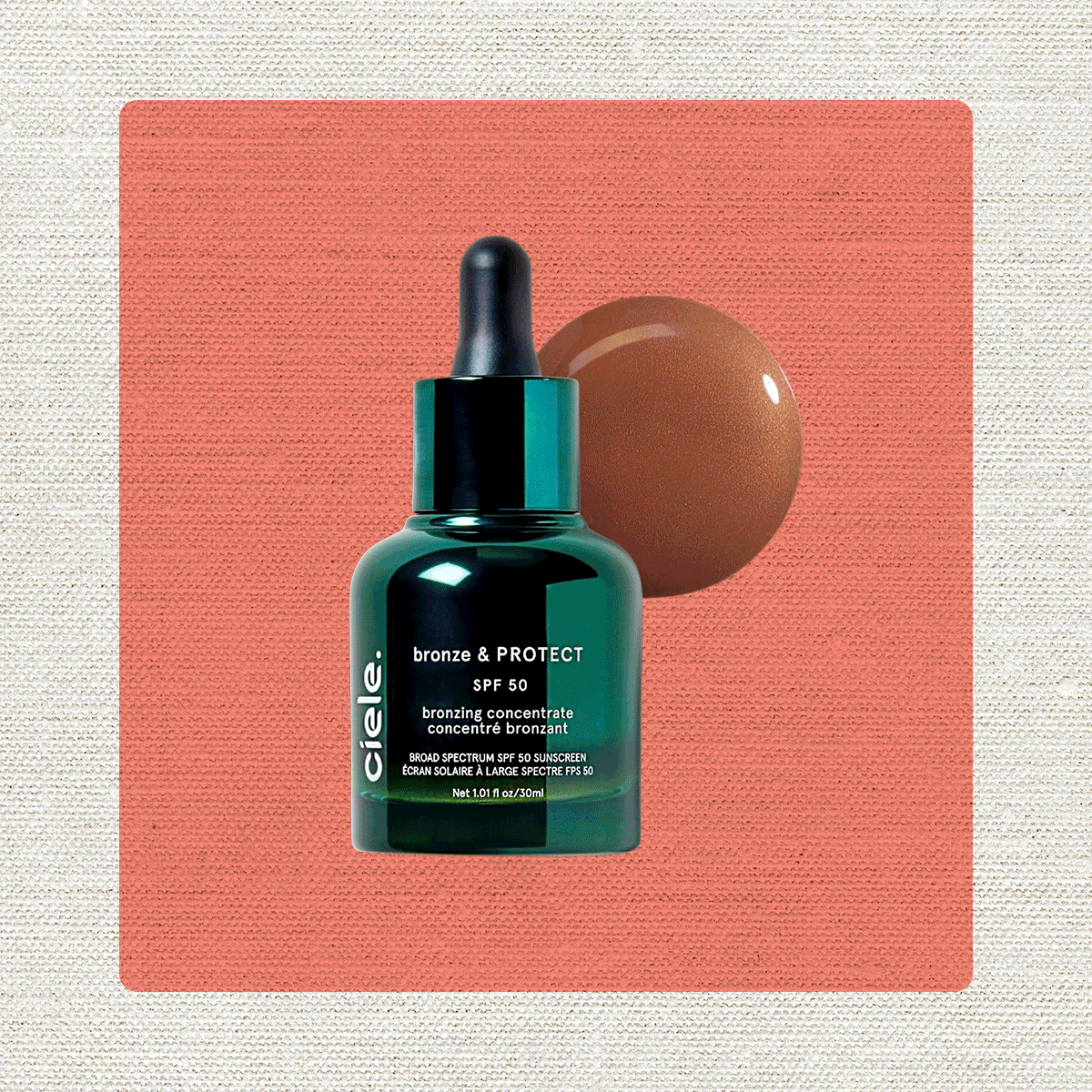 "Island Girl Beauty" Is the Next Best Thing to a Tropical Paradise Escape—How to Get the Look
"Island Girl Beauty" Is the Next Best Thing to a Tropical Paradise Escape—How to Get the LookWe're taking it to the beach.
-
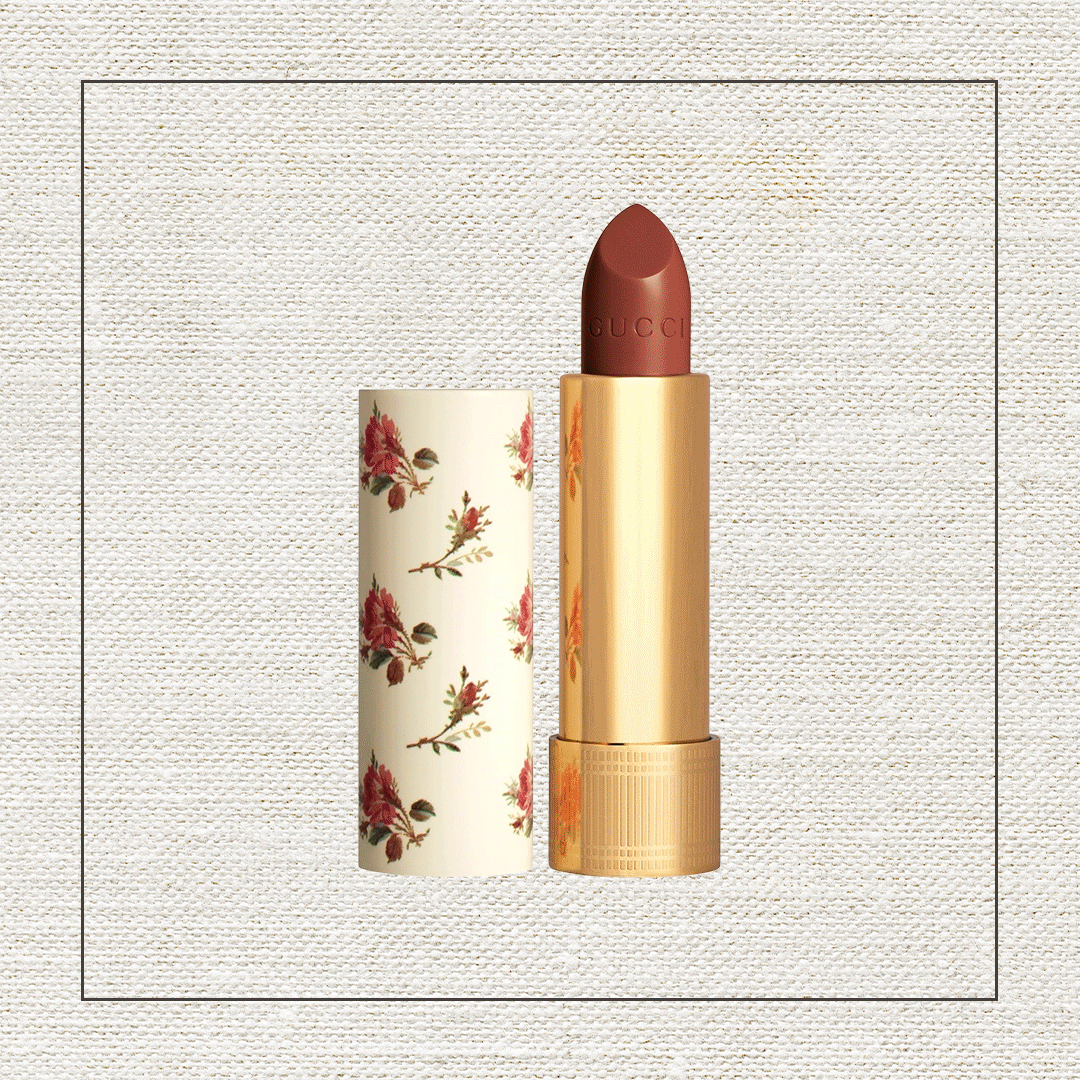 I'm Replicating the Beauty Aesthetics of My Niche Pinterest Boards With These 4 Trends
I'm Replicating the Beauty Aesthetics of My Niche Pinterest Boards With These 4 TrendsWho says you have to pick just one?
-
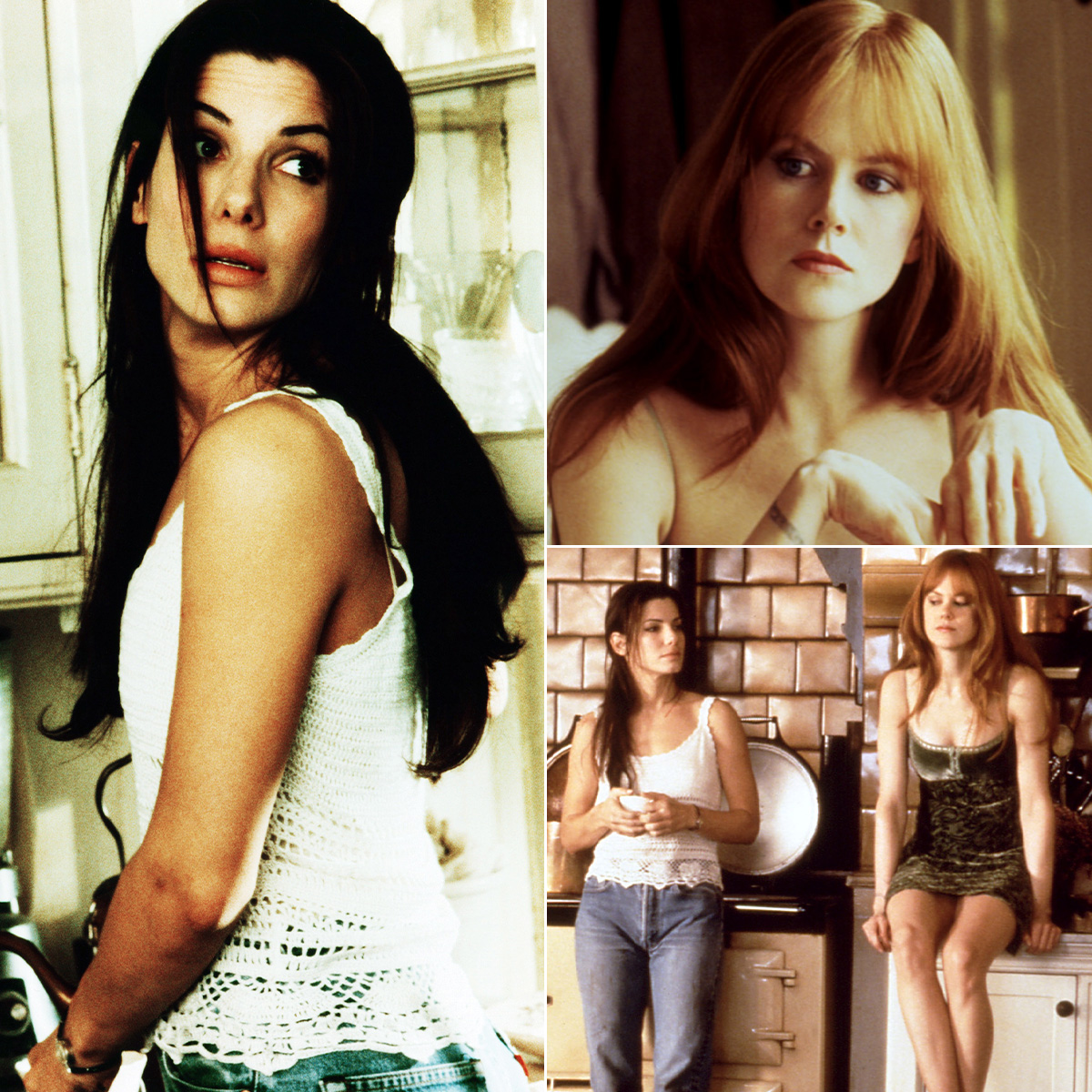 1998's Practical Magic Is a Crash Course in Whimsigoth Beauty, and I'm Taking Notes
1998's Practical Magic Is a Crash Course in Whimsigoth Beauty, and I'm Taking NotesConsider us enchanted.



